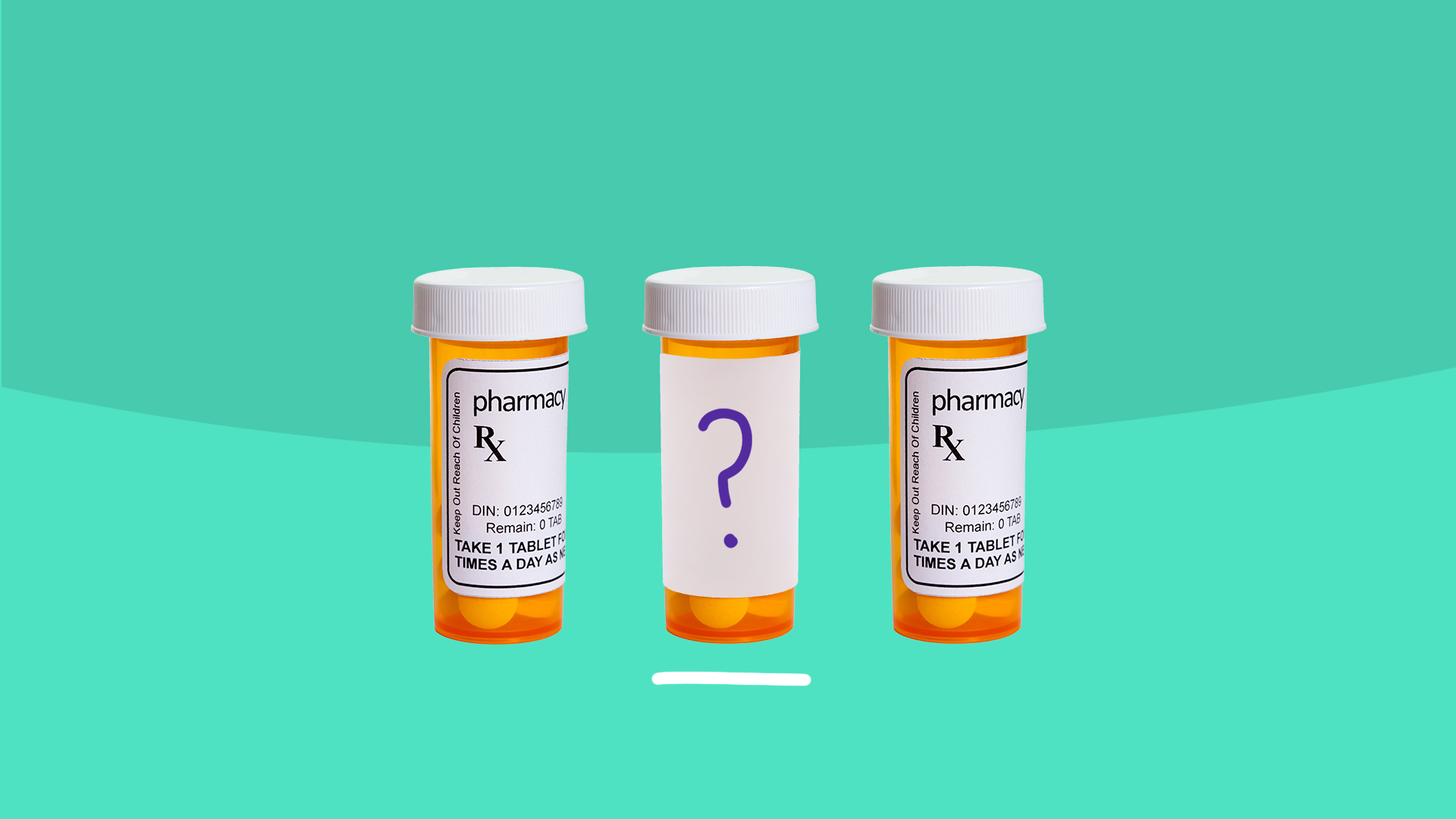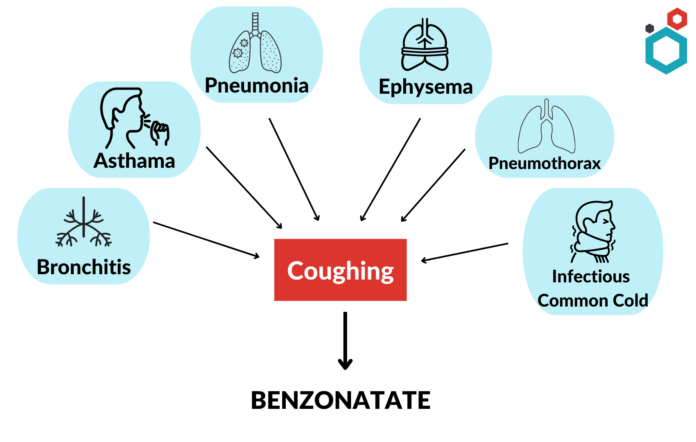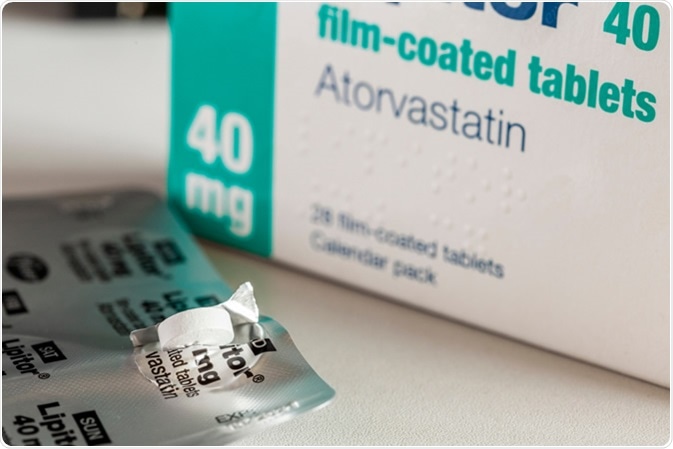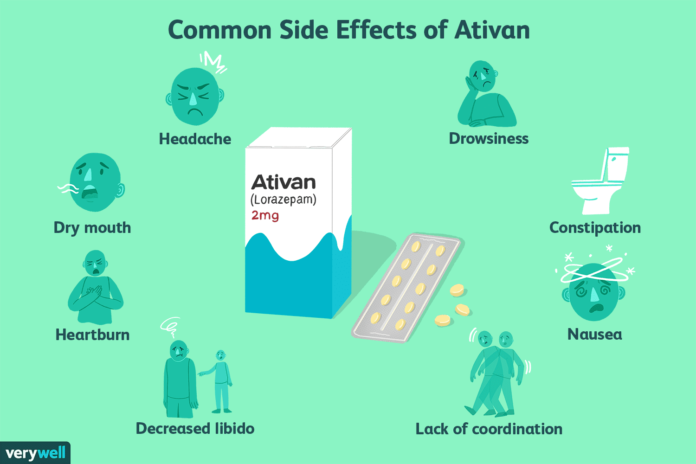Buprenorphine is a medication used for the treatment of opioid dependence and as an analgesic for moderate to severe pain. It is available in different formulations, including tablets, sublingual films, and implants. Here’s information about its uses, benefits, common symptoms, and potential side effects: Buprenorphine Tablet Uses Benefits and Symptoms Side Effects

Uses and Benefits of Buprenorphine:
- Opioid Dependence Treatment: Buprenorphine is commonly used in medication-assisted treatment (MAT) programs for individuals with opioid dependence. It helps reduce withdrawal symptoms, cravings, and the euphoric effects of opioids, allowing for a smoother transition to recovery.
- Pain Management: Buprenorphine is also used as an analgesic for moderate to severe pain when other pain medications are either not effective or not tolerated well.
Common Symptoms and Side Effects of Buprenorphine:
- Nausea or Vomiting: Some individuals may experience nausea or vomiting when taking buprenorphine. These symptoms are usually mild and tend to improve over time.
- Constipation: Buprenorphine, like other opioids, can cause constipation. Adequate fluid intake, a high-fiber diet, and physical activity can help manage this side effect.
- Drowsiness or Sedation: Buprenorphine can cause drowsiness or sedation, especially when starting treatment or adjusting the dosage. It’s important to use caution while performing tasks that require mental alertness or physical coordination.
- Respiratory Depression: Buprenorphine, like other opioids, can suppress respiratory function, especially when taken in higher doses or combined with other central nervous system depressants. This is a potentially serious side effect that requires medical attention if severe or prolonged difficulty breathing occurs.
- Withdrawal Symptoms: If buprenorphine is abruptly discontinued in individuals with opioid dependence, it can precipitate withdrawal symptoms. To avoid this, the dosage should be tapered off gradually under medical supervision.
It’s important to take buprenorphine as prescribed by your healthcare professional and follow the recommended dosage instructions. Do not adjust the dosage or stop taking buprenorphine without consulting your healthcare provider.
Inform your healthcare provider about any pre-existing medical conditions, medications, or supplements you are taking to ensure the appropriate use of buprenorphine. If you have any concerns or experience troubling side effects while taking buprenorphine, consult with your healthcare provider for further evaluation and guidance. They can provide personalized advice based on your specific medical history and condition.
Buprenorphine Tablet Uses Benefits and Symptoms Side Effects Buprenorphine Tablet in hindi Buprenorphine Tablet in hindi













:max_bytes(150000):strip_icc()/ativan-withdrawal-symptoms-4588394_final-6bb2e0e1202b4092ba7297c475a8509f.png)





